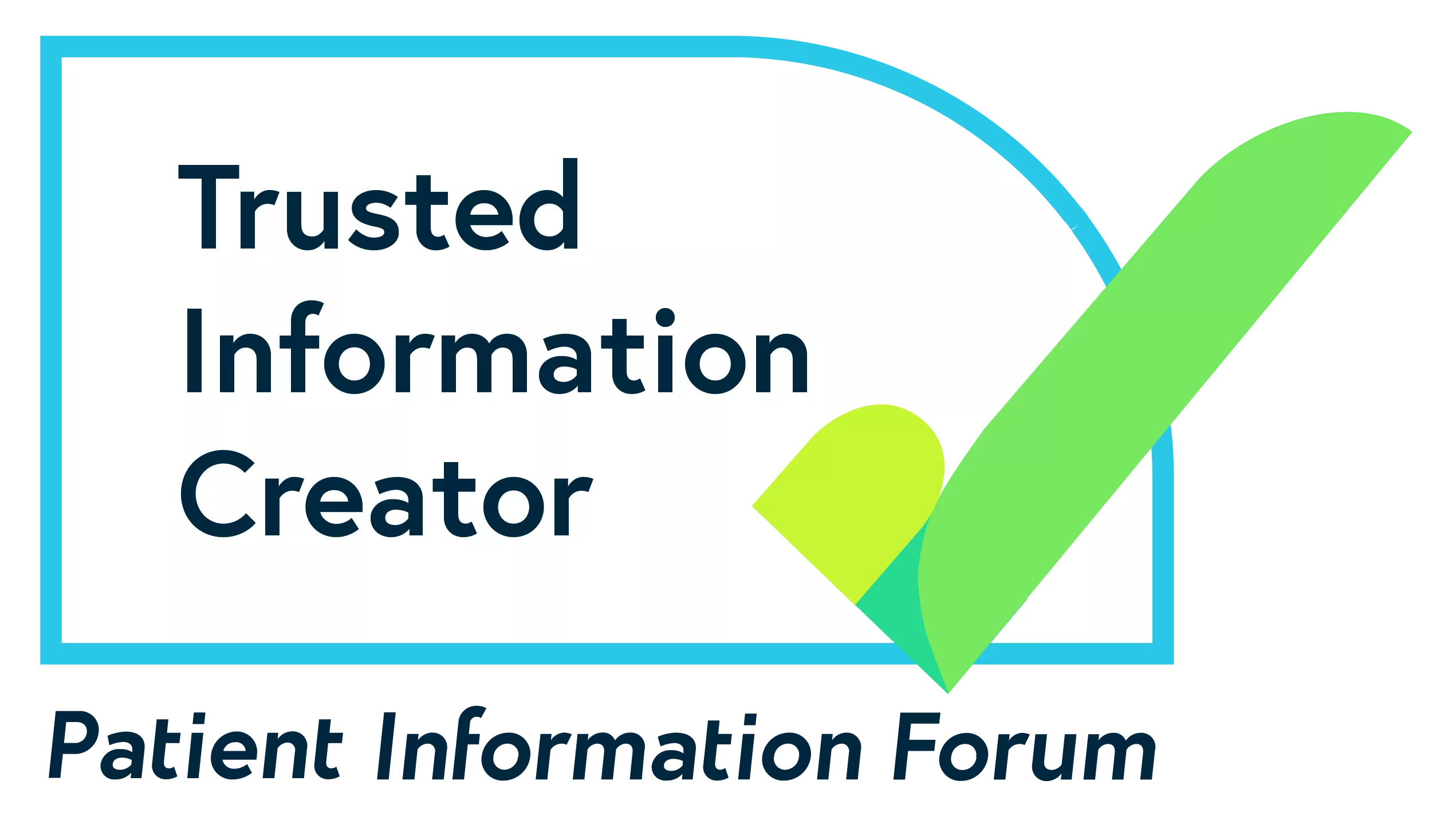Post-traumatic stress disorder (PTSD)
Explains what post-traumatic stress disorder (PTSD) is, including possible causes and how you can access treatment and support. Includes tips for helping yourself, and guidance for friends and family.
View this information as a PDF (new window)
What is PTSD?
Post-traumatic stress disorder (PTSD) is a mental health problem you may develop after experiencing traumatic events. The condition was first recognised in war veterans. It has had different names in the past, such as 'shell shock', but it's not only diagnosed in soldiers. A wide range of traumatic experiences can be causes of PTSD.
When something traumatic happens in your life it rocks you to the core. The world is no longer a safe place. It becomes somewhere that bad things can and do happen.
What's it like to have PTSD?
Watch Larry, Anamoli, Paul and Maisie share their experiences of what it's like to live with PTSD, what has helped them and how they see their future.
When is it diagnosed?
When you go through something you find traumatic it's understandable to experience some symptoms of PTSD afterwards, such as feeling numb or having trouble sleeping. This is sometimes described as an 'acute stress reaction'.
Many people find that these symptoms disappear within a few weeks, but if your symptoms last for longer than a month, you might be given a diagnosis of PTSD. Your GP might refer you to a specialist before this if your symptoms are particularly severe.
I started experiencing symptoms of PTSD after my boyfriend died. I suffered extremely vivid flashbacks that could happen at any time, anywhere, and were deeply distressing… I threw myself into another relationship very quickly to try and avoid how I was feeling, but then also would not express much affection to my new partner.
Are there different types of PTSD?
If you are given a diagnosis of PTSD, you might be told that you have mild, moderate or severe PTSD. This explains what sort of impact your symptoms are having on you currently – it's not a description of how frightening or upsetting your experiences might have been.
PTSD may be described differently in some situations:
- Delayed-onset PTSD. If your symptoms emerge more than six months after experiencing trauma, this might be described as 'delayed PTSD' or 'delayed-onset PTSD'.
- Complex PTSD. If you experienced trauma at an early age or it lasted for a long time, you might be given a diagnosis of 'complex PTSD'. See our page on complex PTSD for more information.
- Birth trauma. PTSD that develops after a traumatic experience of childbirth is also known as 'birth trauma'. See our page on PTSD and birth trauma for more information.
If you experience some PTSD symptoms while supporting someone close to you who's experienced trauma, this is sometimes known as secondary trauma.
See our pages on trauma for more information on how traumatic experiences can affect your mental health.
I couldn't understand why I felt like my brain wasn't functioning – I couldn't remember things, I couldn't process things. It was like my brain had just slowed down and ground to a halt.
Experiences of facing stigma
There are lots of misconceptions about PTSD. For example, people may wrongly assume it means you are 'dwelling' on past events. They might even suggest that you should 'get over it' or 'move on'. But having PTSD isn't a choice or a sign of weakness, and it's important to remember that you are not alone.
See our page on stigma and misconceptions for lots of ideas on how to deal with stigma.
This information was published in January 2021. We will revise it in 2024.
References and bibliography available on request.
If you want to reproduce this content, see our permissions and licensing page.












